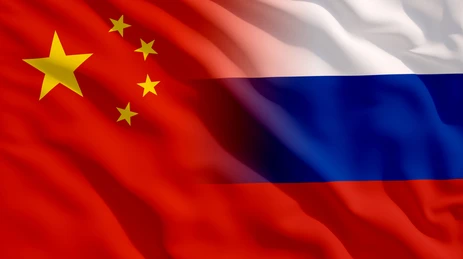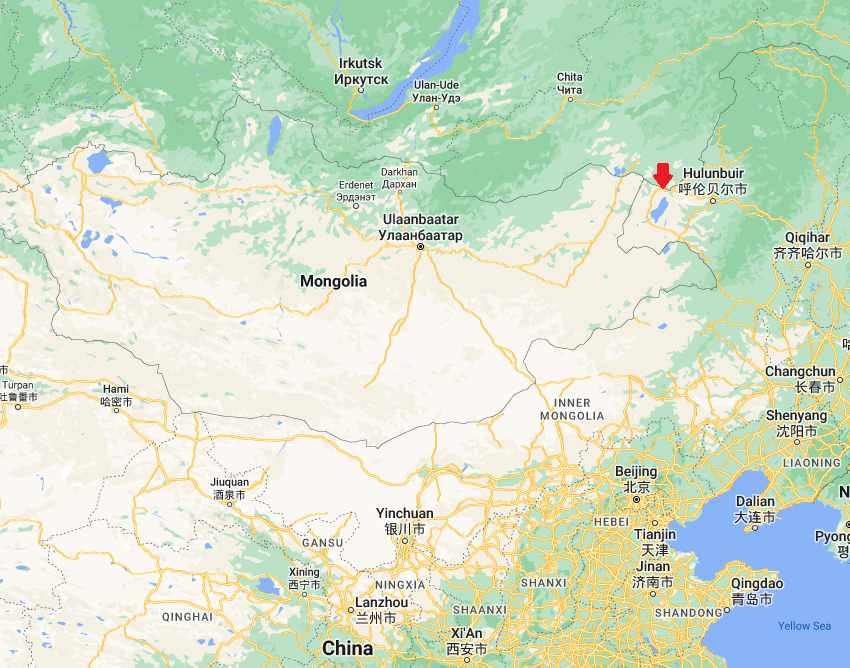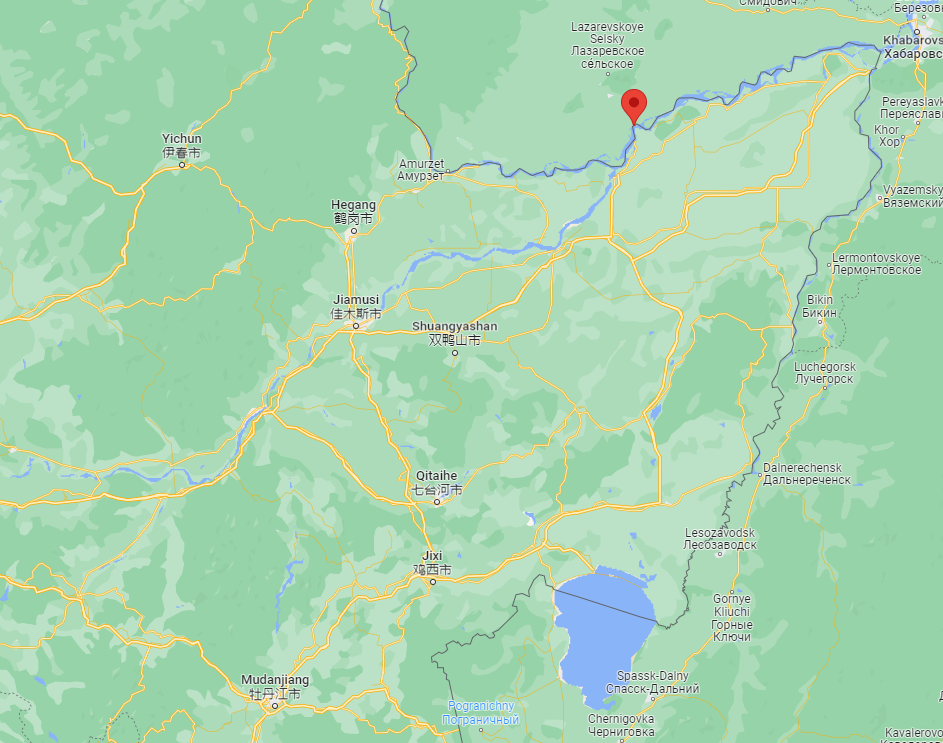How would China supply Russia with heavy material for use in the Ukraine conflict?
How would China supply Russia with heavy material for use in the Ukraine conflict? A look at the key railways between the countries.

TLDR;This investigation takes a better look at the key direct rail links between China and Russia.
If Chinese actors decided to supply heavy equipment or munitions to Russia, there are three ways to do so. By sea, by air or by land. We have chosen to focus on the latter and take a closer look at the railway crossings between the two countries. This piece is not to accuse China of suppling Russia; this is purely to hypothesize how they may go about it.
Mapping shows that there are two main rail freight crossings that could be used for moving heavy materials:
Suifenhe Port (绥芬河)
Trains crossing the Russian border from Suifenhe port arrive in Pogranichny in Russia after approximately 1 hour 30 minutes. If military supplies crossed here, the border could be crossed rapidly. However, a huge onward journey would await supplies arriving in the Russian Far East to get them to Russia’s European borders.

ChinaDaily claims that Suifenhe port is the biggest land port between China and Russia and sees about 90 inbound and outbound trips per month. The cargo includes daily necessities, general merchandise, mechanical equipment, electrical products, metals and agricultural products. The article claims “[In order] to ensure the smooth delivery of imports and exports, the [China Railway Harbin ] Group has promoted special transportation plans for different enterprises and has enhanced port clearance efficiency.” It would not be unreasonable to suggest that Chinese entities might use a busy cross-border port like Suifenhe to hide deliveries of heavy munitions to Russia.
Manzhouli Port (满洲里)
Manzhouli port goes to Zabaikalsk in Russia. This direct crossing into Russia from China’s Inner Mongolia autonomous region is located much further to the north west than Suifenhe. The journey is a few short kilometers to Zabaikalsk.

According to the Global Times (GT), the Manzhouli port is the largest land port in China. GT claim the “demand [from Russia] for Chinese components, daily necessities, construction equipment and trucks in particular saw a surge” in 2022. Such reporting normalizes this wider trend of increasing exports, and therefore supplying materials through this route may be harder to spot.
The Manzhouli port was one of the only ports open for cross-border rail freight between the two countries during the COVID-19 pandemic. The port has continued to be heavily used in transporting goods to Russia and the rest of Europe. It is closer to Ukraine than the Suifenhe port, and therefore may be a better option for exports of military-use equipment for this conflict.
Future Opportunities
In November 2022, the Tongjiang-Nizhneleninskoye Railway Bridge opened. The bridge, cutting down the overall distance that rail freight would have to cover going via Suifenhe by approximately 700km, spans 2.2km over the Amur River. It will be a key component in future imports and exports between China, Russia and Europe.

Sources
OpenRailwayMap. Available at: https://www.openrailwaymap.org/
江巍 ChinaDaily (2023) At border port, freight trains flourishing, Chinadaily.com.cn. Available at: http://www.chinadaily.com.cn/a/202303/30/WS64254439a31057c47ebb775b_1.html (Accessed: 10 May 2023).
Global Times. (2023) GT on the spot: At Manzhouli Port, Northeast China, nonstop roar of cargo trucks tells of soaring China-russia trade, Global Times. Available at: https://www.globaltimes.cn/page/202302/1285147.shtml (Accessed: 10 May 2023).
Russia Briefing News (2020). Available at: https://www.russia-briefing.com/news/key-russia-china-border-railway-bridge-opens-across-the-amur-river.html/ (Accessed: 10 May 2023).


